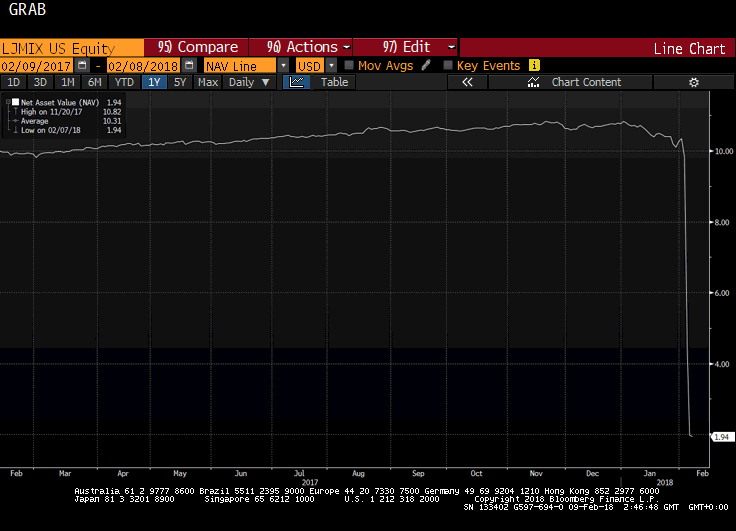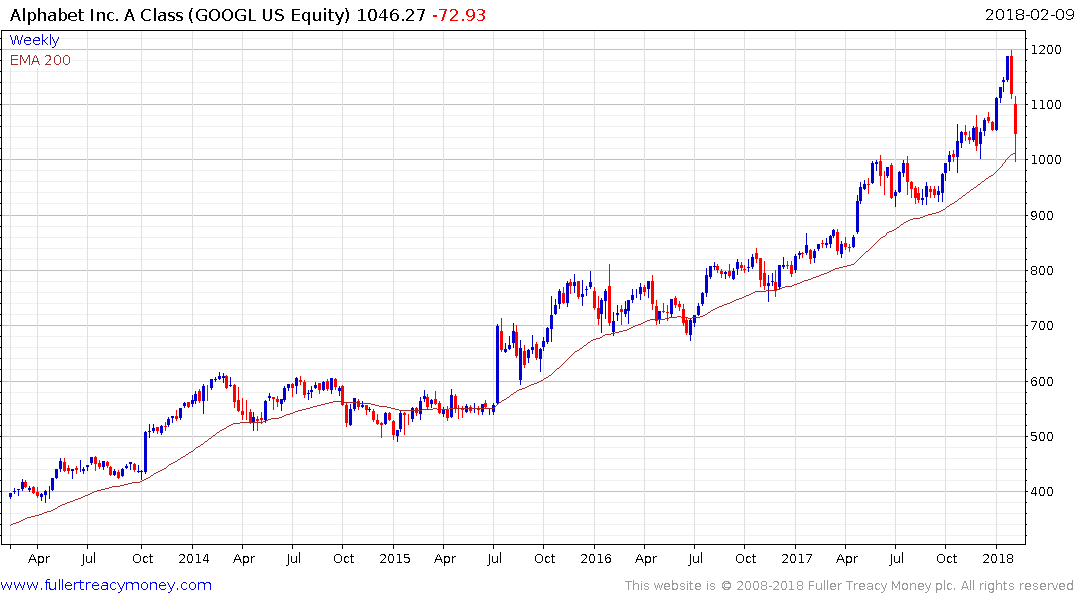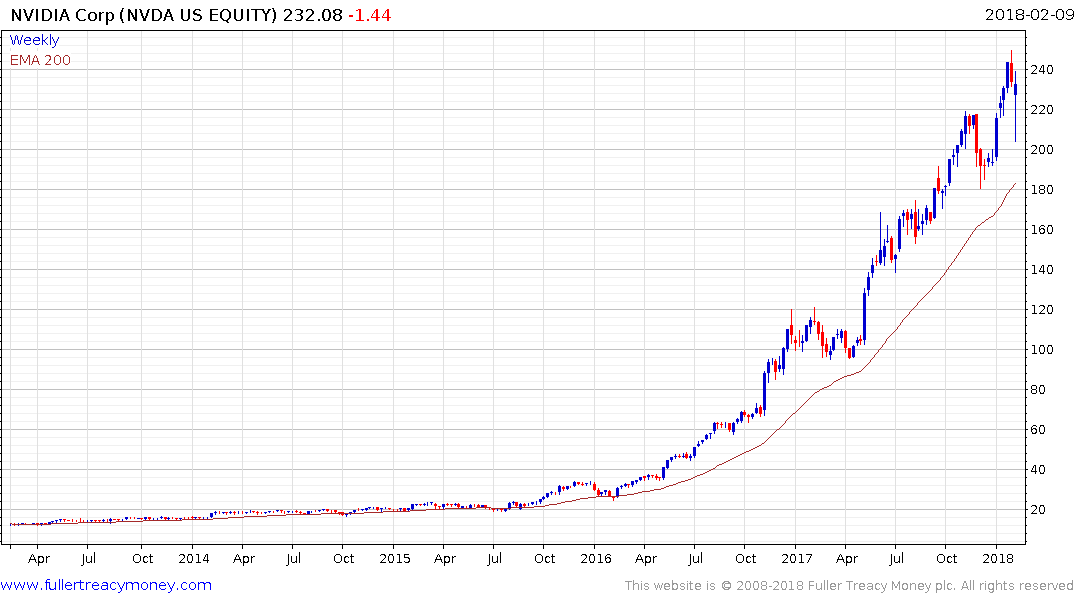Email of the day on selling down to the sleep level
Your continuing analyses are invaluable. A week ago, on 6 Feb 2018 when the Dow had its 1175-point fall, the report hit the news headlines in Western Australia at 5.30 am. My wife woke me to say, “Sorry for waking you but I’ve just heard on the news that the Dow Index has collapsed by more than 1,100 points; I thought that you may want to do something”. I calmly advised her that I had already sold all our US shares. I pulled the blanket over my head and went back to sleep. That peace of mind came from implementing your guidance.
Today I read an optimistic forecast which may be worth sharing with readers. The analysis said:
“While those all-time-low fixed income yields are rising thanks to forthcoming inflation, S&P 500 earnings are also rising, thanks to robust economic strength and tax reform. That means valuations no longer need to be sky-high to support higher stock prices.
The analysis then referred to the “Equity Risk Premium (ERP)”and argues that because equity earnings are expected to rise, the premium will rise more rapidly than the 10-year bond yield and support higher prices.
The full article is at:
Thank you for this heart-warming account and interesting article which lays out what I consider to be the most common argument on Wall Street for why stocks should continue higher. This is based on outsized earnings growth projections and the assumption 3% is an important floor for Treasury prices.

I had never heard of the LJM Preservation & Growth Fund before yesterday but 10 days ago it had $1 billion in assets. Today that is $141 million. It invests in options strategies on the S&P500 futures contract. With volatility so low for so long these kinds of funds would have had large positions, but when volatility finally broke out on Monday they incurred huge losses which forced them to cover quickly. That contributed to the spike in volatility, since it is calculated based on averages of options prices.
This is one example of an options fund blowing up but it is unlikely to be the only one that experienced similar problems. If we need to think of a reason why Asian markets have been so pressured it is because large funds are selling what they can rather than what they want to meet margin calls. The simple conclusion is that it amounts to deleveraging and it will not be until that process has run its course that fundamental value arguments will be reasserted.
US CPI printed at 2.1% year over year in December and is expected to be 1.9% on February 14th. If, however, it surprises on the upside then it is reasonable to conclude Treasury yields will surmount 3% and equity markets will have a deeper sell off. On the other hand, if inflation surprises on the downside it could be cause for a short covering rally which would help to confirm support in the region of the trend mean.
Right now, the majority of stock market indices are in the region of their respective trend means while Treasury yields are below lateral resistance at 3%. Short-term oversold conditions are rapidly replaced short-term overbought conditions so there is potential for a bounce.
The depth and speed of this decline, however, suggests that it will take time for support to be found because of the damage done to sentiment. At my club’s gym yesterday, I suddenly had a lot more friends, often people I’ve never spoken to, who wanted to know what is happening in the market. If that doesn’t reflect investor stress I don’t know what does.
There are a lot of people who were buying consistently for the last couple of years. At the turn of the year TD Securities’ chief strategist said they were at record low levels of cash deposits, while inflows to leveraged long funds were at record highs according to Rydex. ETF inflows hit record highs in January.
The shock and awe of a massive reaction against the prevailing trend has people looking around and asking what happened. That generally means they have stopped buying while leveraged traders are unwinding positions. This is contributing to the uptick in volatility.
Type-2 tops, characterised by the proverbial bolt-from-the-blue declines, are often followed by ranges and with so many people still eager to buy the dip and searching for a definitive reason why the decline occurred I suspect a range is likely below the peak once a near-term low has been found.


Approaching the close today there are initial signs Alphabet is steadying from the psychological $1000 level, while Nvidia’s, another iconic share over the last few years, results were positive and share rallied off its intraday lows.


